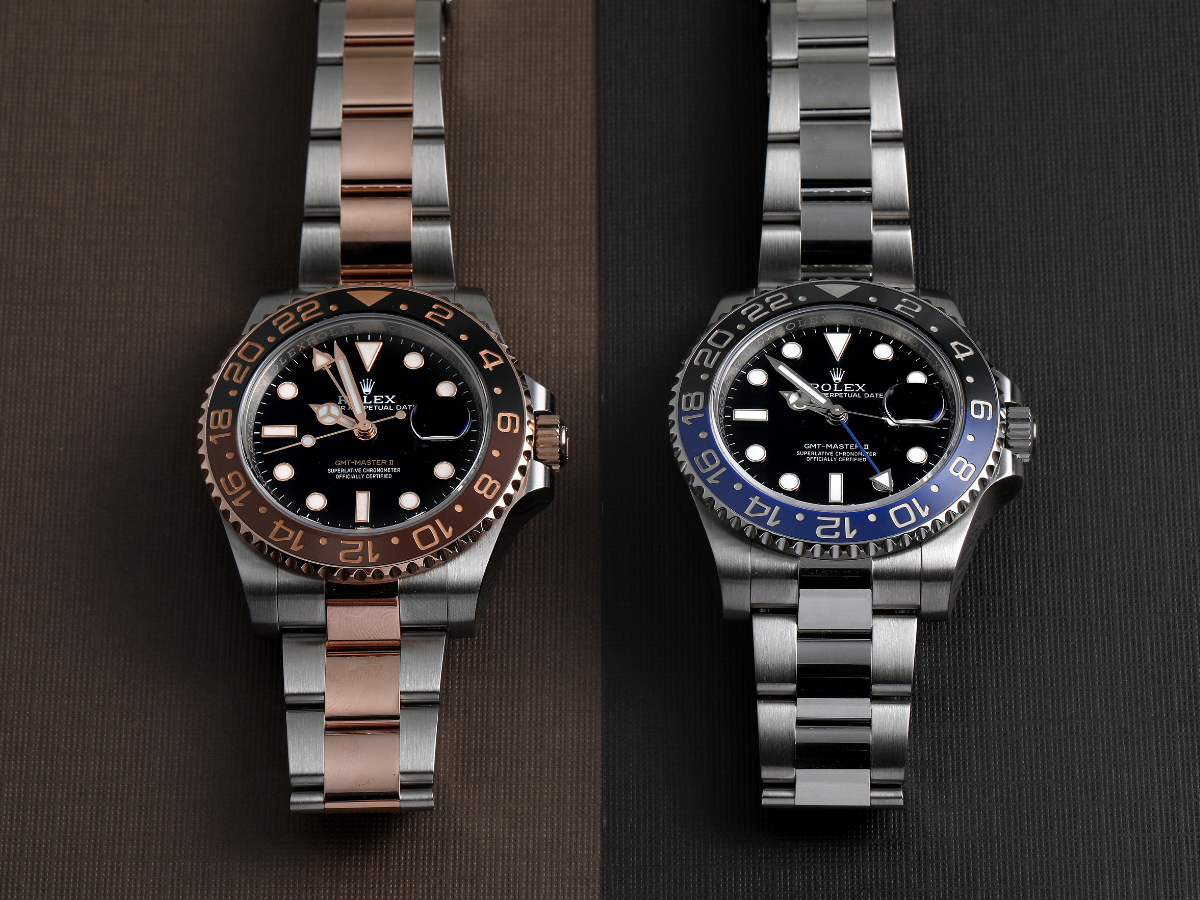DECODING ROLEX REFERENCE NUMBERSSo what exactly does a Rolex reference number tell us? Unlike other brands’ reference number systems, Rolex’s is actually surprisingly simple. MODEL TYPE – The first two to four digits tells us what kind of model it is. By “model” we mean the collection or family of watches it belongs to, such as the Datejust, GMT-Master and the like. Each model type has a designated set of numbers. As this is a very vast list, we’re showing the most recent traditional model types below: 140 – Submariner (no date)
142 – Oyster Perpetual 34mm and Explorer
143 – Oyster Perpetual 39mm
152 – Oyster Perpetual Date 34mm
162 / 262 – Datejust
164 – Milgauss
165 – Explorer II
166 – Submariner, SeaDweller, Yachtmaster 40mm
167 / 267 – GMT Master II
169 – Air King
1165 – Cosmograph Daytona
182 / 282 – Day-Date
266 – Yachtmaster and Seadweller
269 – Sky-Dweller Again, in the case of the Rolex Explorer II Orange Hand, the reference number is 216570. 165 stands for its model type (Explorer II), while 2 indicates that it is a newer model. What then do its last two numbers, 7 and 0, mean? | 